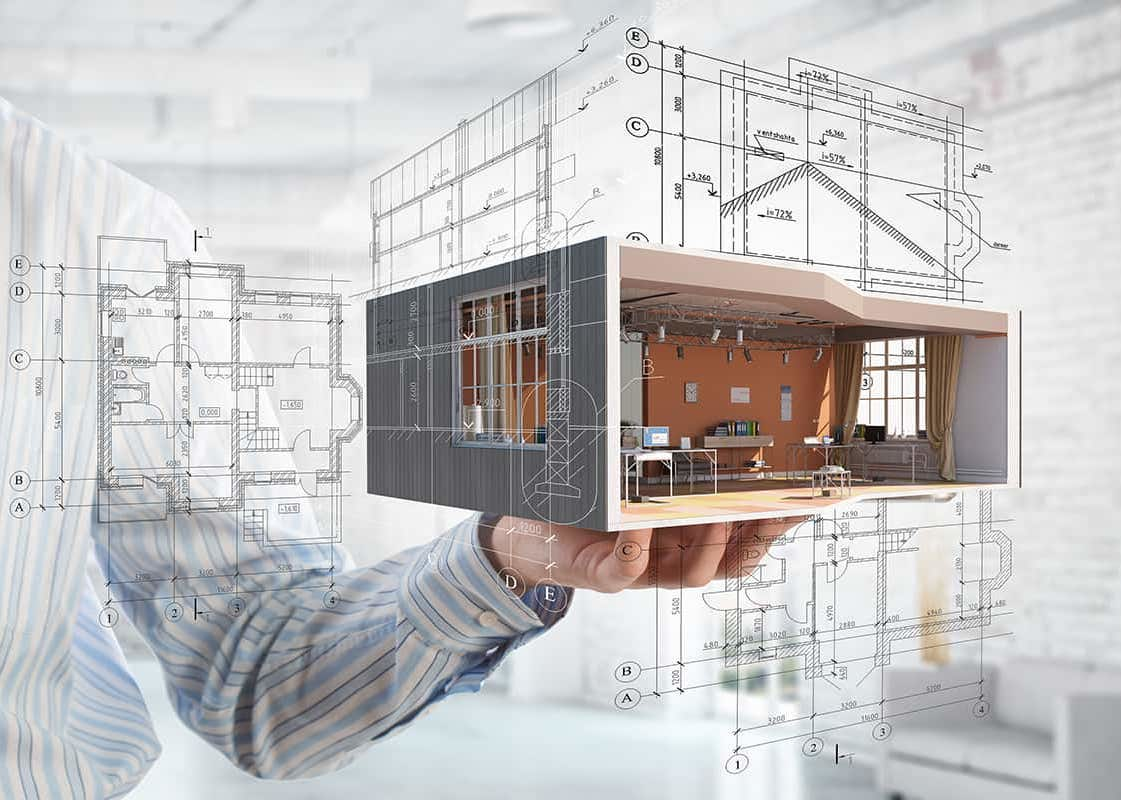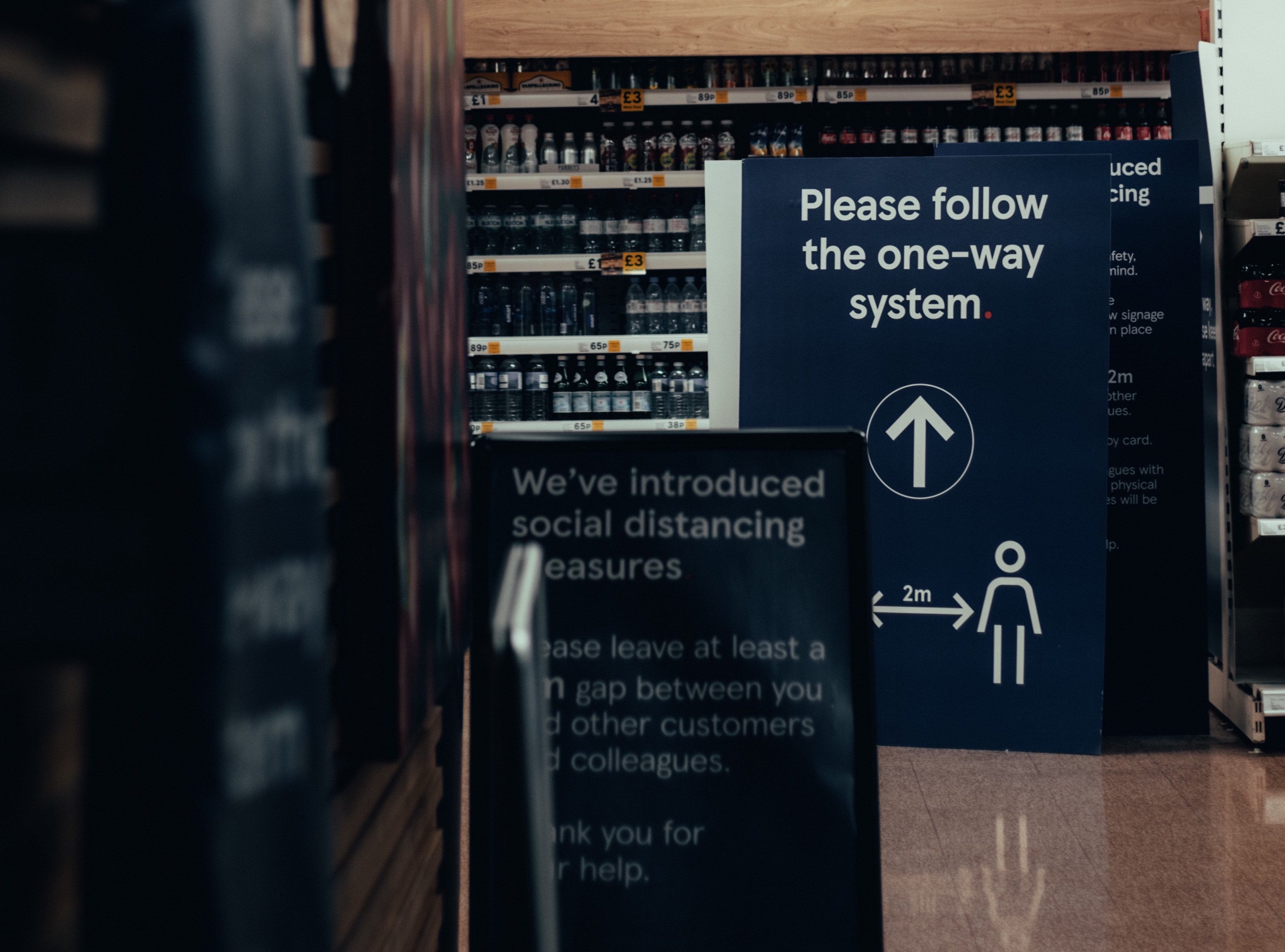Return to Resources
Mapping Automation & The Digital Twin
Apr 16, 2020
4 min read
In a previous blog, we discussed the importance of a digital map and thinking about that map as an asset. In this post, we will discuss the concept of automation as part of that digitization process, why it’s important, why it’s hard, and why it won’t solve all mapping use cases. At Mappedin, we’re digitizing the indoors for a variety of industries and have built a flexible platform to account for different scenarios and requirements. Building automation into our processes must be approached in this same flexible way.
Why is automation important when mapping the indoors?
It’s simple: the indoors is vast and unlike the outdoors, we cannot readily see what’s inside. This has resulted in indoor mapping practices that are inefficient and time consuming. As indoor maps become a foundational layer for many digital experiences, digitizing these spaces has become more important than ever. By automating the conversion of paper-based maps into digital versions, this allows for speed in organizations that have hundreds or even thousands of venues.

Why is indoor mapping automation hard?
One might ask, if it’s so important, why are most indoor mapping companies still doing this process manually? This part is not so simple, as indoor maps come in many formats with no standard for depicting a venue and its associated data. Leveraging machine learning to build automation into the digitization process is difficult because it has to work with a variety of inputs. Anything from highly detailed and accurate Revit or CAD files all the way to less accurate PDF or PNG files are common. Even with CAD files, there can be a broad spectrum as it relates to how clean the file is and how recently it has been updated. So, automation must clean these files into one standard format, ensuring the digital map asset doesn’t hinder the output within applications.
Another challenge is that automation cannot account for the human element required in some use cases. Consider an indoor map being used for asset tracking in a manufacturing facility. The most important element of this map would be the accuracy of its geometry and data. This use case is perfect for leveraging automation as it does not require unique styling or design. This map could be converted quickly, and likely in an automated fashion. On the other end of the spectrum, there is the highly stylized and designed map used in shopper-facing applications, whose conversion can only be partly automated due to the inevitable human element required. These two examples show the importance in understanding where automation tooling is useful and where manual intervention will still be required. Ultimately, the goal is to create a superior product that fulfills the needs of the digital mapping use case, while doing so as efficiently as possible.
Can automation help with indoor map maintenance?
Absolutely! While simple map editor tooling works for many industries, others experience large changes on a regular basis. In these cases, it is critical that updating floor plans is automated and does not require a dedicated resource. For example, in a convention centre where everything apart from the outer walls and permanent fixtures changes multiple times a week for different conferences and events. Having the ability to automate these changes improves the overall experience for visitors and the efficiency around creating that experience.

The importance of standards…
In order to put automation practices in place, it is critical that there is a standard for converting indoor mapping files into a digital format. The concept of standards ensures that over time, our clients can continue to utilize their map asset for all use cases and aren’t limited by the way that Mappedin, or any other vendor, decided to convert their map. Indoor mapping as an industry has started to discuss and adopt more standardized practices in terms of what is acceptable and what isn’t. Leaders in the space such as Apple have pushed for standardized indoor data which is starting to gain traction across the industry.
With Apple’s Indoor Mapping Data Format and Mappedin’s adoption of that format, we can create strong rules when automating the creation of a new venue. These rules help define how we apply machine learning and makes it possible to adhere to those standards going forward as they evolve. This has created an expectation for what a digital map should look like, the quality of the data associated to it, and how it is geo-referenced to the real world. This standardization also makes the digital map asset more valuable to businesses. Not only can the asset be used for a company’s own digital experiences, but also by identified third parties such as emergency services or platforms like Apple Maps.
As we continue to adopt and perfect the automation within our indoor mapping processes, we will keep you informed.


